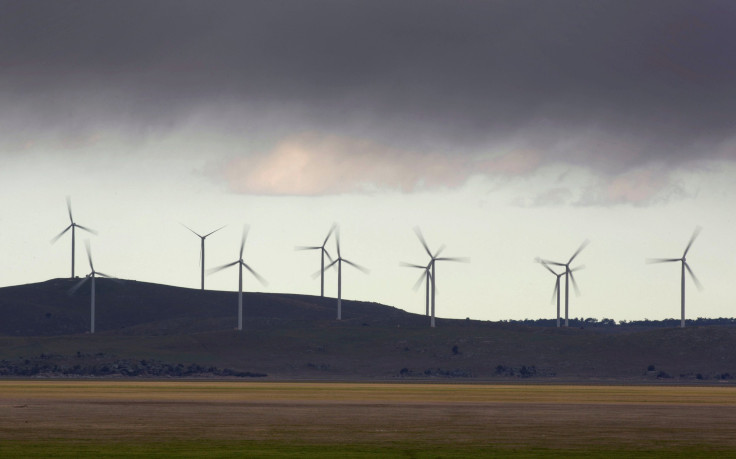Floating Ocean Wind Turbines Could Power The Entire World, Researchers Say

In the search for alternative energies, wind turbines have presented as a possible replacement for fossil fuels. Now researchers from the Carnegie Institute for Science have published research suggesting that offshore wind turbines might be able to create enough energy to provide “civilization-scale power.” The research article, by Anna Possner and Ken Caldeira, was published by the Proceedings of the National Academy of Sciences of the United States of America.
The two conducted research on the efficiency of wind turbines on land as well as the wind out at sea to determine that during the winter months in the North Atlantic region the winds at sea might be strong enough to power civilization. However, during the summer months the same turbines would likely only produce enough power to support Europe or possibly the United States.
The entire article including the method, results and conclusions of the study are all available online and outline how the two got their results. Part of the reason wind farms on land can only produce so much energy is that they extract energy from wind that comes from the upper atmosphere. Meaning they can only extract as much energy comes down to the level of the wind turbine from the upper levels of the atmosphere. “The rate of electricity generation in large wind farms containing multiple wind arrays is, therefore, constrained by the rate of kinetic energy replenishment from the atmosphere above,” says the abstract of the article. They refer to this process as downward transport of kinetic energy, which leads to high extraction of that energy.
The researchers looked into whether the same thing occurred for off-shore wind farms. What they found is that certain parts of the open ocean provide “considerably higher power generation rates.” For the regions the researchers looked at specifically, the wind speed rates were on average 70 percent higher than the wind speed rates on land were. But the wind also needs to be able to sustain the near-surface drag that the turbines create. This means that the technologies still need more research before it can be fully determined that offshore wind turbines would be much more efficient than those on land.
The first offshore wind farm in the United States powered up for the first time this spring and began powering a small island off the coast of Rhode Island. There are only five turbines that sit about three miles off the coast of the island and make up the farm but it’s a start to the industry in the U.S. The installation served as a preliminary test to see what the response and possible backlash would be against the technology which can obstruct ocean views. The technology is far more popular in Asia, Europe and the United Kingdom where the technology is becoming increasingly dependable.
© Copyright IBTimes 2024. All rights reserved.





















